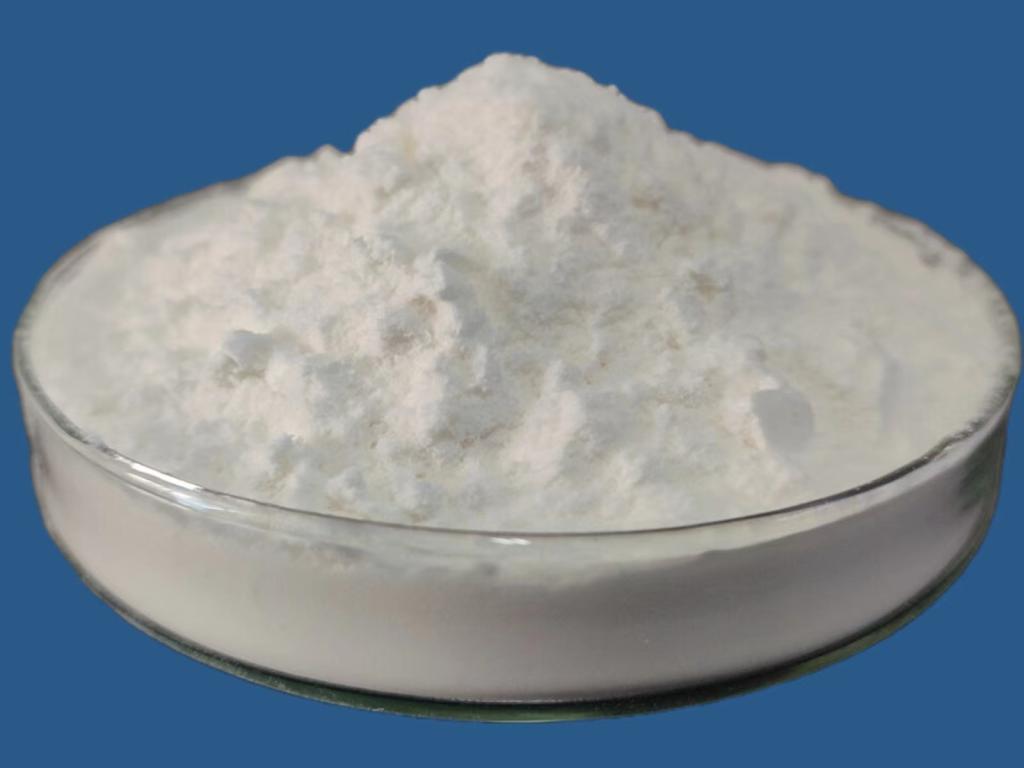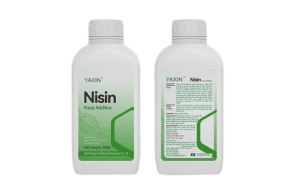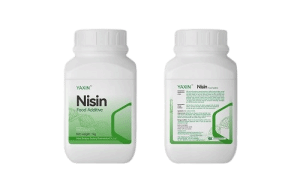Tel:+8618231198596

News
 CONTACT
CONTACT
 CONTACT
CONTACT
- Linkman:Linda Yao
- Tel: +8618231198596
- Email:linda.yao@dcpharma.cn
- Linkman:CHARLES.WANG
- Department:Overseas
- Tel: 0086 0311-85537378 0086 0311-85539701
News
The role of ε-Polylysine hydrochloride in maintaining the freshness of ready-to-serve soups.
TIME:2024-10-16
Understanding ε-Polylysine Hydrochloride
ε-Polylysine hydrochloride is a naturally occurring, cationic, and water-soluble biopolymer produced by certain strains of Streptomyces albulus through fermentation. It consists of 25-35 lysine residues linked by ε-amino groups. ε-PL is known for its broad-spectrum antimicrobial activity against a wide range of Gram-positive and Gram-negative bacteria, as well as some fungi and yeasts. Its mechanism of action involves disrupting the cell membranes of microorganisms, leading to the leakage of cellular contents and, ultimately, cell death. Importantly, ε-PL is considered a natural and clean-label preservative, making it an attractive option for consumers who prefer minimally processed foods.
Challenges in Preserving Ready-to-Serve Soups
Ready-to-serve soups face several preservation challenges:
Microbial Growth: The high moisture content and rich nutritional profile of soups create an ideal environment for the growth of spoilage organisms and pathogens.
Thermal Processing Limitations: While thermal processing (e.g., pasteurization or sterilization) can effectively reduce microbial load, it may not eliminate all spores and can also affect the sensory qualities of the soup.
Sensory Quality: Any preservative used must not negatively impact the taste, texture, or appearance of the soup, as these are key factors in consumer satisfaction.
Shelf Life Extension: Extending the shelf life of ready-to-serve soups without compromising quality is essential for reducing food waste and meeting consumer demands for convenience.
Role of ε-PL in Maintaining Freshness
The integration of ε-PL into ready-to-serve soups offers several advantages and potential applications:
Antimicrobial Efficacy: ε-PL can effectively inhibit the growth of a wide range of microorganisms, including common spoilage organisms and pathogens such as Listeria monocytogenes, Salmonella spp., and Escherichia coli. This helps to extend the shelf life of soups and ensure their safety.
Synergistic Effects: When combined with other natural preservatives, such as organic acids (e.g., lactic acid, acetic acid) or essential oils, ε-PL can exhibit synergistic effects, further enhancing its antimicrobial activity and reducing the required concentration.
Minimal Sensory Impact: At the concentrations typically used for food preservation, ε-PL does not significantly affect the sensory qualities of the product. This makes it suitable for use in a variety of soup formulations without compromising their flavor, texture, or appearance.
Regulatory Approval: ε-PL is approved for use in many countries, including the United States, the European Union, and Japan, under specific conditions. Its GRAS (Generally Recognized As Safe) status in the US and its approval by the EFSA (European Food Safety Authority) make it a reliable and trusted preservative.
Integration Methods and Case Studies
Several methods can be employed to integrate ε-PL into ready-to-serve soups:
Direct Addition: ε-PL can be directly added to the soup during the manufacturing process, either before or after thermal processing. This ensures that the antimicrobial agent is evenly distributed throughout the product.
Surface Coating: For soups that are packaged in individual servings, a solution of ε-PL can be applied as a surface coating on the inner packaging material, providing an additional layer of protection.
Incorporation into Packaging Materials: ε-PL can be incorporated into packaging materials, such as films or sachets, to provide a controlled release of the antimicrobial agent over time. This approach ensures continuous protection throughout the shelf life of the soup.
Case Studies and Research Findings
Several studies have demonstrated the effectiveness of ε-PL in maintaining the freshness of ready-to-serve soups:
Broth-Based Soups: Research has shown that the addition of ε-PL to broth-based soups can significantly reduce the growth of spoilage microorganisms and pathogenic bacteria, extending the shelf life and ensuring the safety of the product.
Cream-Based Soups: In cream-based soups, which are more prone to microbial spoilage due to their higher fat content, ε-PL has been found to be effective in inhibiting the growth of both aerobic and anaerobic microorganisms, thereby maintaining the quality and safety of the soup.
Vegetable and Legume Soups: For vegetable and legume soups, ε-PL can help prevent the growth of mold and yeast, which are common issues, especially in high-humidity environments. This results in a longer shelf life and better sensory quality.
Challenges and Considerations
While ε-PL shows great promise, there are several challenges and considerations to keep in mind:
Optimal Concentration: Determining the optimal concentration of ε-PL is crucial to ensure effective antimicrobial activity without affecting the sensory attributes of the soup. Concentrations that are too low may not provide sufficient protection, while concentrations that are too high can lead to off-flavors or textural changes.
pH and Temperature Sensitivity: The efficacy of ε-PL can be influenced by the pH and temperature of the soup. It is most effective in slightly acidic environments (pH 4-6) and at refrigerated temperatures. Adjustments to the formulation or storage conditions may be necessary to optimize its performance.
Cost and Scalability: The cost of ε-PL and the scalability of its production need to be considered, especially for large-scale industrial applications. Cost-effective sourcing and efficient production methods are essential for widespread adoption.
Consumer Perception: Educating consumers about the benefits and safety of ε-PL is important to gain acceptance and trust in the market. Clear labeling and transparent communication about the use of natural preservatives can help address any concerns.
Conclusion
The role of ε-polylysine hydrochloride in maintaining the freshness of ready-to-serve soups is significant. By effectively controlling microbial growth and maintaining the sensory qualities of the product, ε-PL can enhance the shelf life, safety, and overall quality of a wide range of soup products. As research continues to refine its application and optimize its use, ε-PL is poised to become an essential tool in the ready-to-serve soup industry, meeting the growing demand for natural and clean-label preservatives.
- Tel:+8618231198596
- Whatsapp:18231198596
- Chat With Skype







